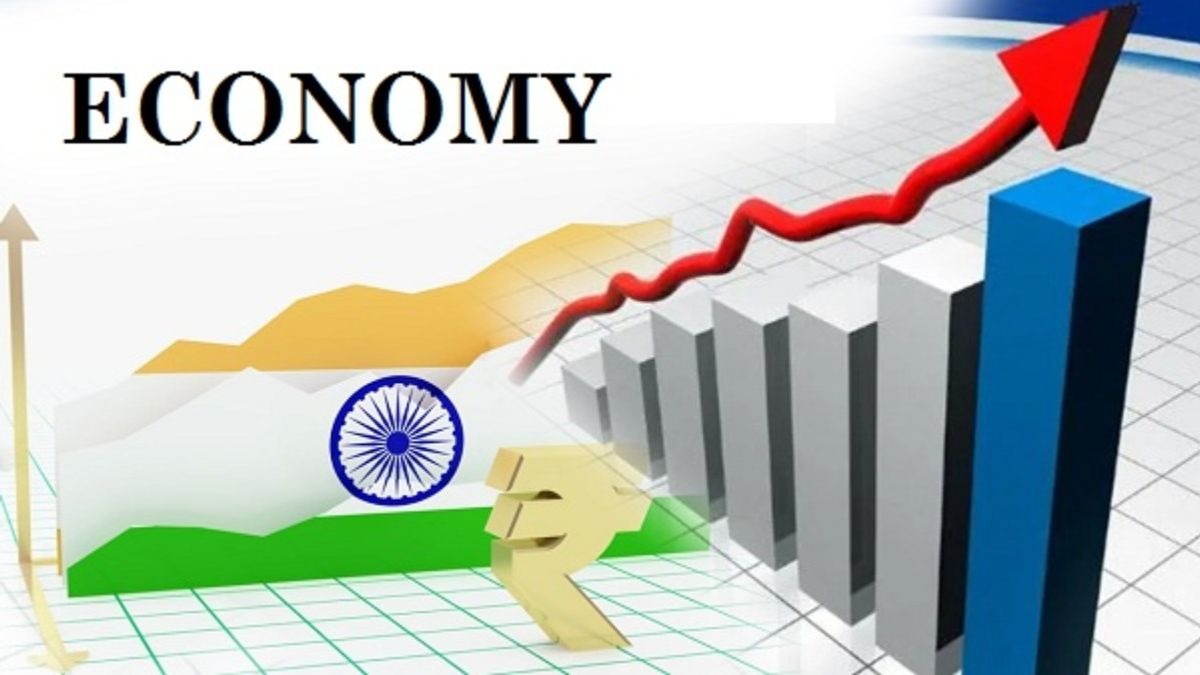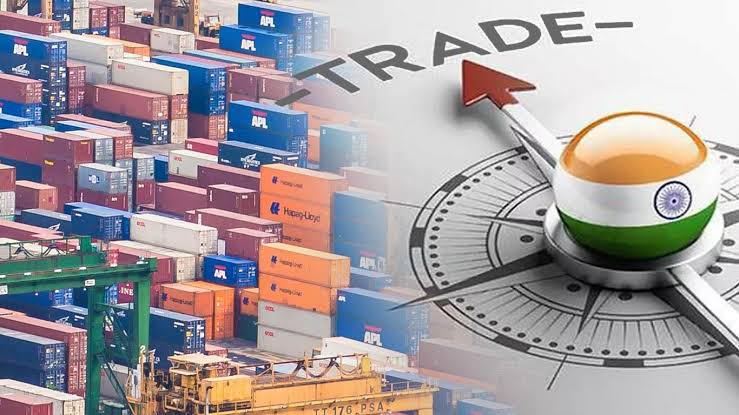
Follow WOWNEWS 24x7 on:

India is poised to become the world’s second-largest economy by 2038 in terms of purchasing power parity (PPP), according to the August 2025 edition of EY’s Economy Watch. The report projects India’s GDP to reach USD 34.2 trillion by that year, surpassing the United States and trailing only China. This forecast is anchored in India’s robust demographic profile, rising domestic consumption, and a series of structural reforms that continue to reshape its economic landscape.
Key Highlights From The EY Report
- India’s GDP is projected to reach USD 34.2 trillion (PPP) by 2038
- The country is expected to surpass the United States in PPP terms, assuming average growth rates of 6.5 percent for India and 2.1 percent for the US between 2028 and 2030
- India’s median age in 2025 stands at 28.8 years, supporting long-term labor force expansion
- Government debt-to-GDP ratio is forecast to decline from 81.3 percent in 2024 to 75.8 percent by 2030
- India is also projected to become the third-largest economy in market exchange rate terms by 2028, overtaking Germany
Demographics And Domestic Demand Drive Growth
- India’s youthful population is a key differentiator among major economies, with a large working-age cohort fueling productivity and consumption
- Domestic demand remains the primary engine of growth, insulating the economy from global trade volatility
- High savings and investment rates continue to support capital formation and infrastructure development
- Unlike aging economies such as China, Japan, and Germany, India’s demographic dividend is expected to sustain momentum for decades
Structural Reforms And Fiscal Discipline
- Reforms such as the Goods and Services Tax (GST), Insolvency and Bankruptcy Code (IBC), and financial inclusion via UPI have strengthened India’s institutional framework
- Production-linked incentive (PLI) schemes are boosting domestic manufacturing and attracting foreign investment
- Public investment in infrastructure, renewable energy, and digital technologies is enhancing long-term competitiveness
- Fiscal consolidation efforts are improving debt sustainability and investor confidence
Global Comparisons And Competitive Edge
- China is projected to remain the largest economy in PPP terms with USD 42.2 trillion by 2030, but faces headwinds from an aging population and rising debt
- The United States, while resilient, is grappling with debt levels exceeding 120 percent of GDP and slower growth
- Germany and Japan are constrained by high median ages and dependence on global trade
- India’s unique combination of youth, reform momentum, and domestic resilience gives it the most favorable long-term trajectory among the top five economies
Risks And Mitigation Strategies
- Recent US tariffs may impact up to 0.9 percent of India’s GDP, but EY estimates the actual drag on growth could be limited to 0.1 percentage point
- Countermeasures such as export diversification, stronger domestic demand, and expanded trade partnerships are expected to buffer external shocks
- Continued investment in emerging technologies like AI, semiconductors, and green energy will be critical to maintaining competitiveness
Conclusion
India’s projected rise to the second-largest global economy by 2038 reflects a convergence of demographic strength, policy reform, and resilient fundamentals. As the country advances toward its Viksit Bharat aspirations by 2047, the EY report underscores the importance of sustaining inclusive growth, fiscal prudence, and technological leadership. With the right mix of strategy and execution, India’s economic transformation is not just plausible—it is increasingly probable.
Sources: EY Economy Watch August 2025, Fortune India, News18, India Today, Rediff.




